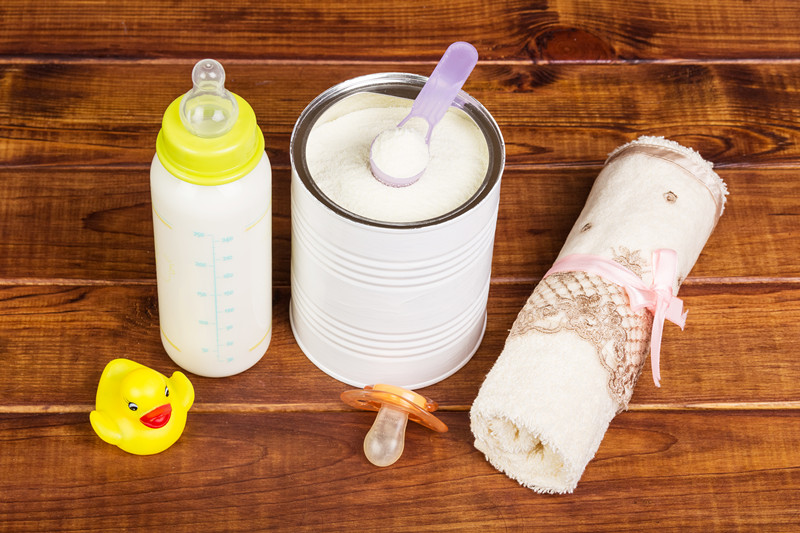Under the framework of the new national standard (GB), infant formula milk powder producers using base powder face a series of technical and compliance requirements during formula registration. These cover the entire process from formula design, and raw materials inspection to commercial trial production. Therefore, it’s crucial for enterprises to understand these requirements at the outset of formula design to ensure a smooth registration process. CIRS Group has made a detailed analysis from four major aspects, namely research and development, production, testing, and labeling to help enterprises gain a clear understanding of these requirements.

The Examination Rules of Production Licenses for Infant Formula Milk Powder (2022 Edition) ((hereinafter referred to as the Examination Rules - 2022 Edition) defines base powder as a composite ingredient used for the production of infant formula milk powder, primarily made from cow’s milk or goat’s milk and their protein products, including whey powder, whey protein powder, whole milk powder, skimmed milk powder, among others, supplemented with nutrients and/or other ingredients, and processed through wet processing methods.
Research and development
1) The base powder used in the formula shall not be a finished product in compliance with the national food safety standards for infant formula milk powder;
2) While applying for formula registration under the new national standard, the applicant shall also include in the dossiers the actual quality safety standards for the base powder, as well as those for the raw materials and ingredients used in its production.
Production
1) The base powder shall be transported and stored according to quality safety requirements, undergo batch-by-batch full-item inspections, and have a reasonable shelf life set after verification and assessment;
2) Formulas produced using base powder should undergo three batches of commercial production process validation using three batches of base powder, respectively; and
3) While applying for formula registration under the new national standard, the applicant shall also include in the dossiers the commercial production process flowchart of the base powder, specifying the main production processes, environment and conditions, and key control points.
Testing
The application dossiers shall include a quality inspection report for the base powder (at least one batch) and a determination of non-compliance with the national food safety standard for infant formula milk powder. The report should cover at least the quality safety standards for the base powder and full items specified, with consistent measurement units. Nutrient content can be indicated per 100 kJ or 100 kcal;
New applicants shall also provide background content data for the base powder (at least three batches), including essential nutrients and optional components as indicated in the final product’s nutrition facts; and
Both the quality inspection report and background content data shall be self-conducted by the applicant or issued by a qualified third-party testing agency entrusted by the applicant.
Labeling
Base powder is defined as a composite ingredient according to the Examination Rules - 2022 Edition, and shall be labeled on the ingredient list as base powder, as required in the Announcement on Further Standardization of Labeling for Infant Formula Milk Powder Products. Its original ingredients should then be listed in parentheses in decreasing order of addition in the format of “base powder (XXX)”. If more than one type of base powder is used, they should be combined and indicated on the list.
Any oversight encountered by enterprises during the formula registration process could lead to rejection of the application, resulting in loss of time and costs. Therefore, it’s crucial for enterprises to collaborate closely with regulatory experts during the initial formula design phase to ensure that each step complies with the new requirements. Through comprehensive and meticulous preparation work, enterprises can minimize the risk and ensure a smooth product launch onto the market.
If you need any assistance or have any questions, please get in touch with us via service@cirs-group.com.
Further Information
Strategies for Enterprises in Response to New Infant Formula Registration Regulations in China

